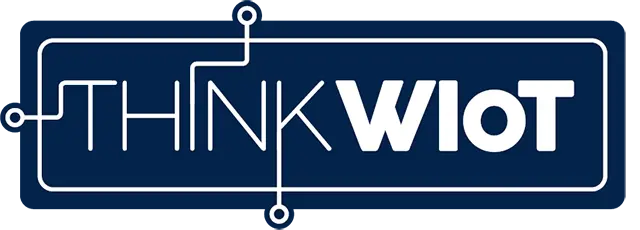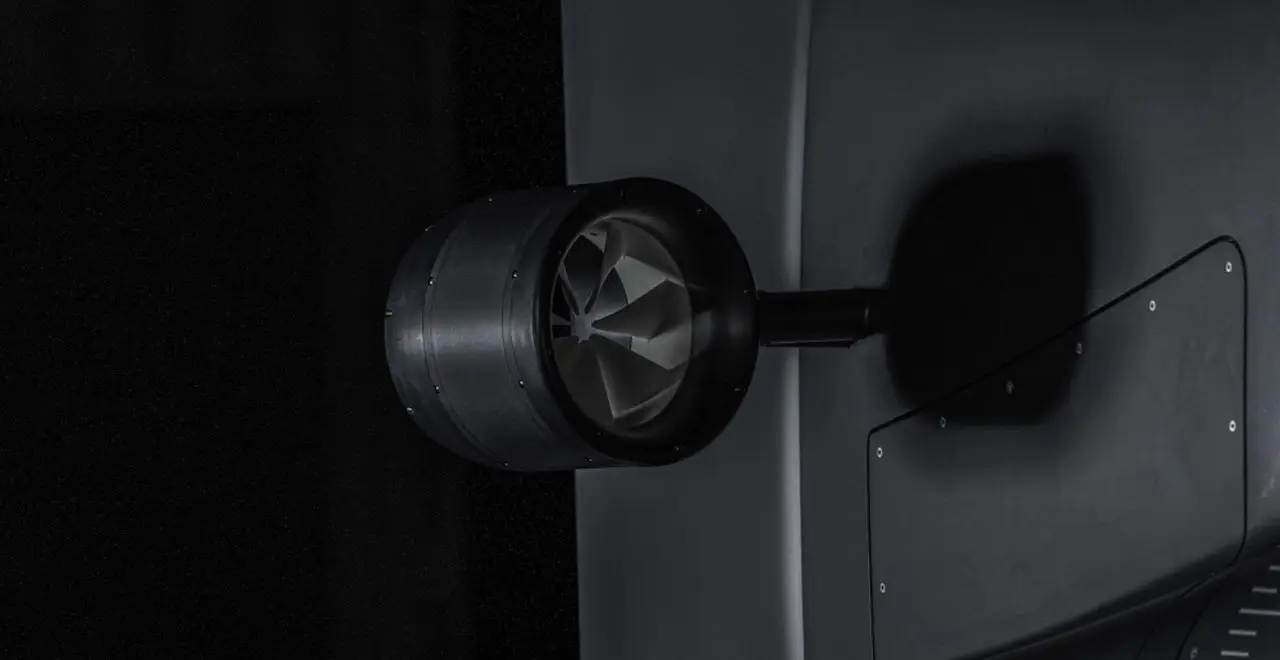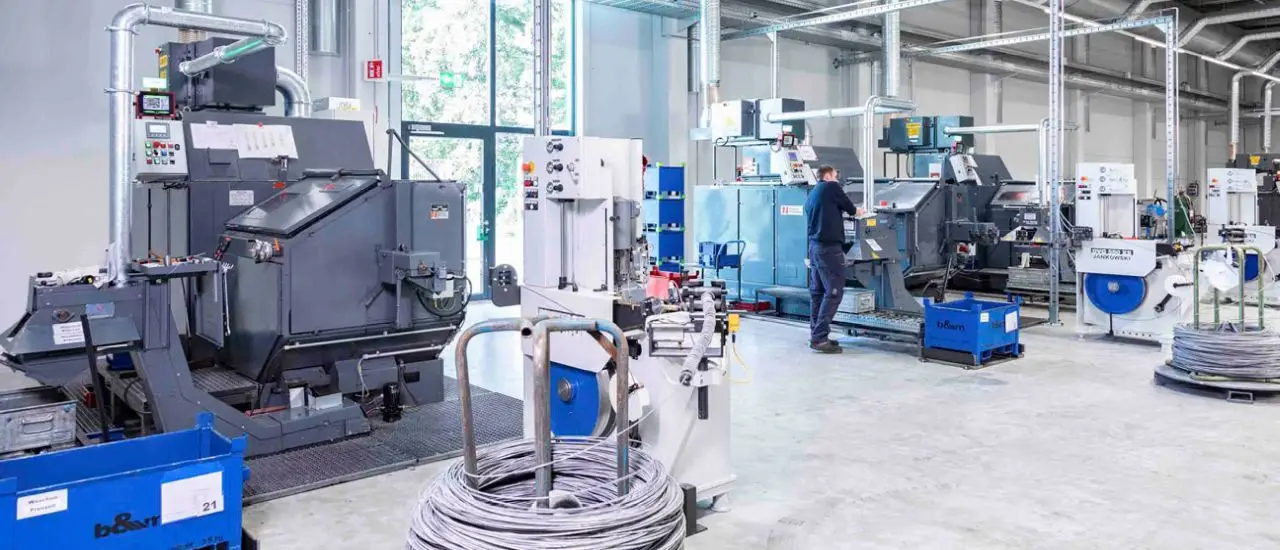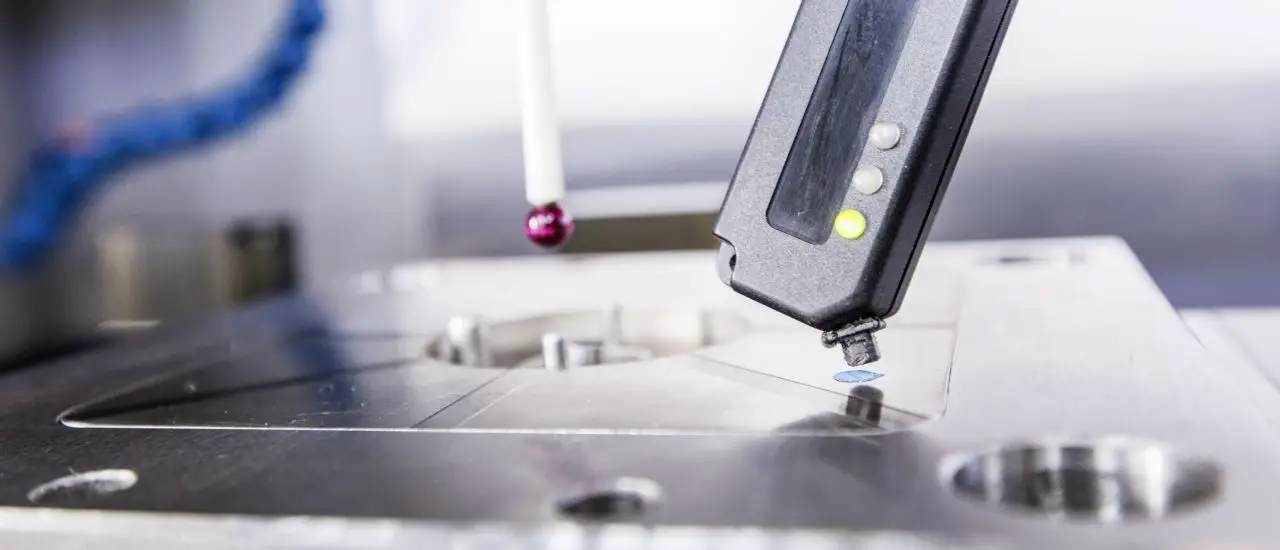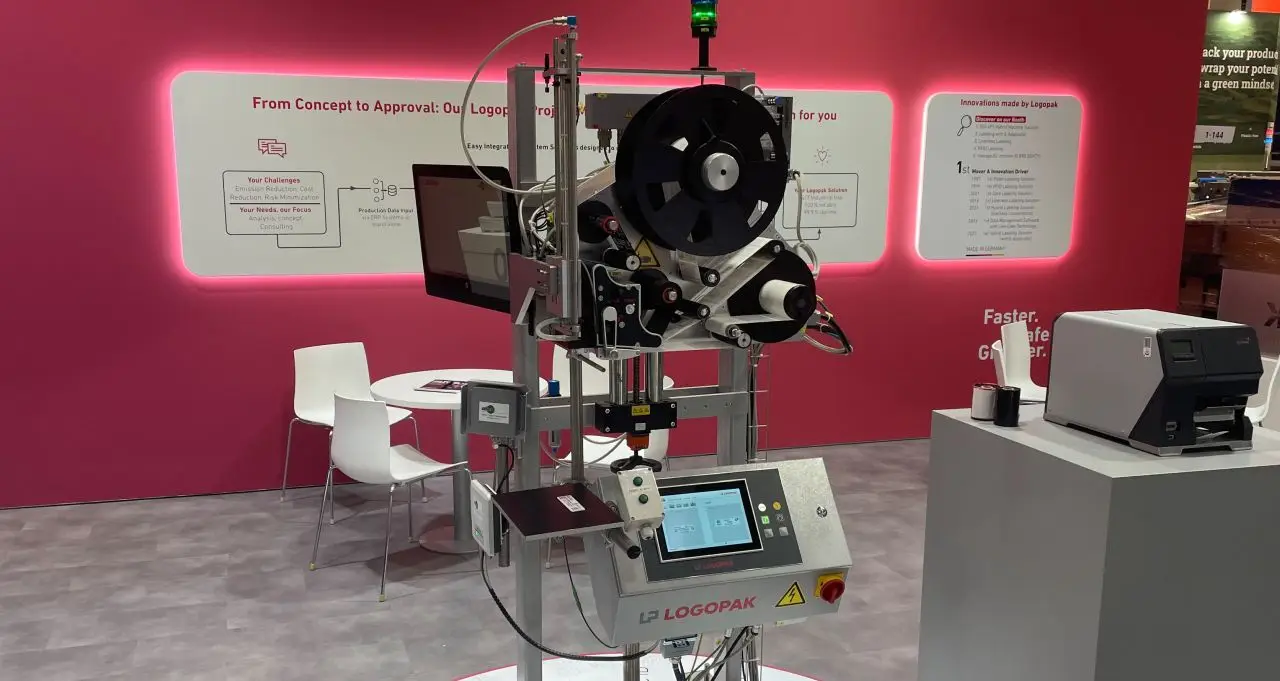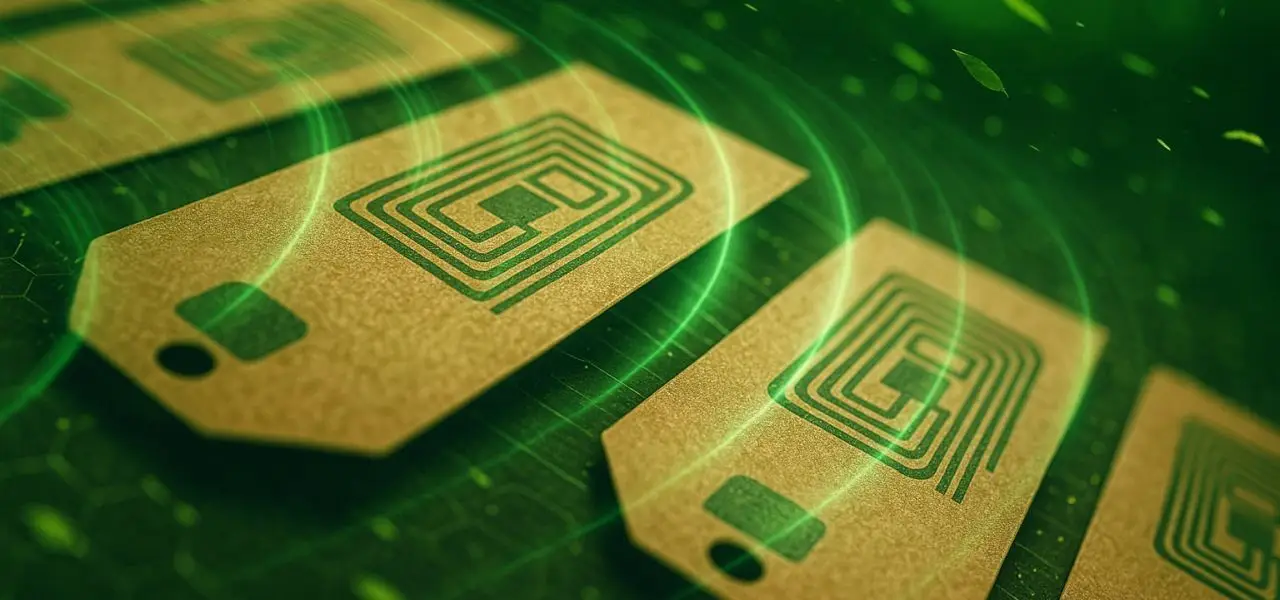- RFID enables contactless, reliable vehicle authentication even without visual confirmation.
- RAIN RFID (passive UHF) can read multiple fast‑moving tags and typically operates to roughly 10 meters.
- Integrated, tamper‑proof production and encoding reduce cloning and improve registration integrity.
- RFID supports lifecycle traceability and digital product passport concepts for sustainability and disposal control.
- Combining RFID with camera systems strengthens enforcement, stolen-vehicle detection and reductions in detection avoidance.
As traffic volumes increase, so does the need for advanced and reliable vehicle identification and registration systems. The identity of a vehicle must be verifiable in free-flowing traffic. Accurate vehicle identification is critical for automated traffic monitoring, intelligent parking guidance, and traffic flow analysis.
What solutions are available? Advanced RFID systems help government agencies uniquely identify vehicles in real time. These systems are essential for managing traffic flow, monitoring properly registered vehicles, verifying safety and security, or even processing tolls.
As a world leader in vehicle identification and registration, the Tönnjes International Group offers innovative solutions to meet the challenges of modern traffic systems. One example is RFID-based Electronic Vehicle Identification (EVI).
Interview with Stefan Schnier and Albertus Pretorius
1. RFID-based licence plates form the basis for automatic vehicle identification. How are these plates produced?
Stefan Schnier: The RFID-based license plate or windshield sticker is produced on specially developed, highly automated production systems at Tönnjes in Delmenhorst or locally in the country where the RFID solution is used. In simple terms, these systems combine the classic license plate with the RFID tag.
The production process starts with punching the license plate. The RFID tag is inserted into this plate in a tamper-proof process. The front of the tag is protected by a reflective film. An adhesive is applied to the back of the tag.
Tönnjes offers the complete production line from stamping to encoding of the RFID tags - worldwide. Our RFID systems are currently used in 11 countries.

2. What are the advantages of RFID tags in license plates?
Albertus Pretorius: RFID tags in vehicle license plates offer many benefits. First and foremost is contactless vehicle identification. This identification is efficient because it enables reliable detection and authentication of vehicles even without visual contact.
Another major advantage is that RFID readers can identify not only the license plate, but also windshield tags or specific components such as tires or batteries. This means that the same infrastructure can be used to make the vehicle visible as a system of different components - similar to logistics.
Another key benefit is the increased visibility of vehicles in a fleet. Authorities can use RFID to ensure that vehicles registered in the database are actually on the road. This also reduces "detection avoidance," or the avoidance of detection for some illegal actions when using public roads. These actions can include speeding, driving under the influence of alcohol, smuggling and terrorism.
Another advantage is the control and transparency of production, logistics and distribution processes. With RAIN RFID technology, this automation can be made reliable and sustainable.


Stefan Schnier: RFID technology also improves road safety by preventing cloned or counterfeit license plates and increasing the number of insured vehicles, which is particularly beneficial in developing countries. This is exactly what we achieve with the IDePLATE RFID license plate.
The digital license plate offers a higher detection rate and a more secure transmission of vehicle information. This transparency promotes not only safety, but also good behavior on the road.
3. What do digital product passports, sustainability and the circular economy have to do with RFID-based vehicle identification?
Stefan Schnier: The European Digital Product Passport promotes the traceability and serialization of products. We are already focusing on a complete cycle: from production, issuance and use to disposal of the license plates. In some countries, tags are returned and destroyed after they expire to prevent misuse. RFID supports this by enabling authorities to better control and monitor the plates throughout their lifecycle.
In combination with sensor technology, RAIN RFID, a passive and cost-effective technology, also facilitates the introduction of modern applications such as green zones and environmental monitoring.
RAIN RFID
Passive backscatter UHF RFID
ISO standard: ISO/IEC 18000-63
Over 45 billion chips consumed in 2023
Projection of over 55 billion chips consumed by 2025
Operating range: +- 10 meters depending on tag antenna design and size
Batteryless and cost-efficient solution
The ability to read multiple fast moving tags simultaneously makes it the most widely used identification technology in logistics and vehicle identification.
4. Do you think enough countries are using RFID license plates for vehicle registration?
Albertus Pretorius: To be honest, no. Many government agencies admit that they do not know exactly what vehicles are on the road.
Although some countries believe that their registration databases are 100% accurate, in practice this is often not the case.
Camera-based solutions do not solve this problem. Camera images can be tampered with. The combination with RAIN RFID is a solution because RAIN RFID provides a reliable means of authenticating the identification with images that ensure the plate is on the correct vehicle. Windshield and headlamp tags such as IDeSTIX also help detect legitimate plates on the wrong vehicle.
5. How will RFID-based vehicle registration affect crime?
Albertus Pretorius: Most crimes require transportation. A criminal can be virtually invisible on the road by copying the identity (license plate and VIN) of another vehicle. This is especially true when the vehicles are of the same type and age.
As explained earlier, RFID tags allow authorities to efficiently make all vehicles visible. This includes counterfeit vehicles. This has implications not only for road safety, but also for the fight against vehicle crime.
RFID can help identify stolen vehicles and prevent them from being trafficked or used in serious crimes such as drug or human trafficking. In this context, RFID is an important tool in the fight against crime and terrorism.
Contact us - we look forward to hearing from you and will be happy to advise you!
*RAIN - an acronym derived from RAdio frequency IdentificatioN - is intended to be a nod to the connection between UHF RFID and the cloud, where RFID-based data can be stored, managed and shared via the Internet. (RAIN Alliance)
Tönnjes International Group
Global market leader in the field of electronic vehicle identification (EVI)
Products: IDePLATE, IDeSTIX, IDeTRUST
1,500 employees
Over 50 locations worldwide
Over 1,000 customers worldwide
Global operation of factories and logistics supply chains
Business markets and regions: First and Third World countries in most of Asia, North America, South America, Africa



